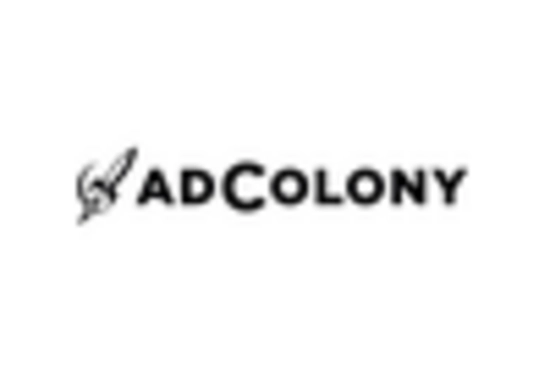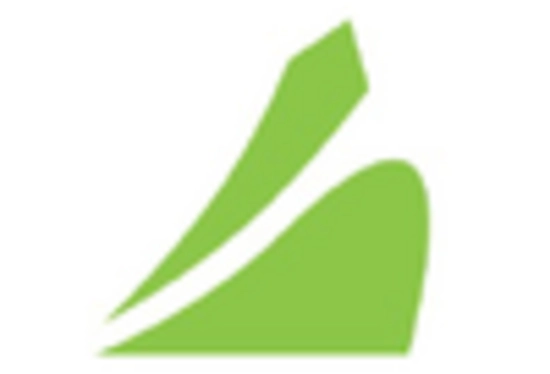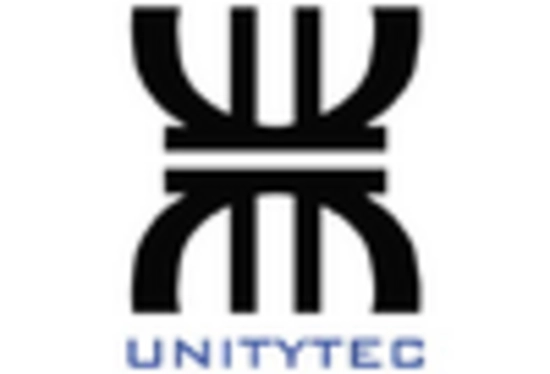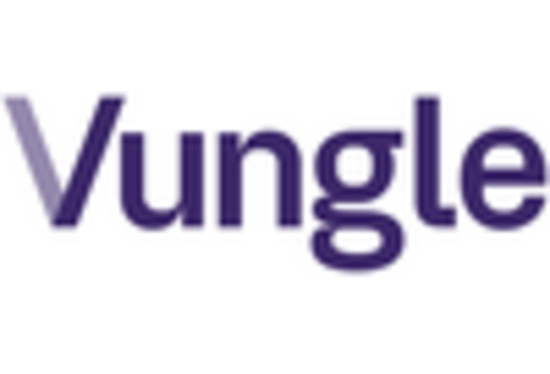The In-Game Advertising Market is currently characterized by a dynamic competitive landscape, driven by rapid technological advancements and evolving consumer preferences. Key players such as Unity Technologies (US), AdColony (US), and InMobi (IN) are at the forefront, each adopting distinct strategies to enhance their market positioning. Unity Technologies (US) focuses on integrating immersive advertising experiences within its gaming platform, leveraging its extensive developer network to create tailored ad solutions. Meanwhile, AdColony (US) emphasizes video advertising, particularly in mobile gaming, aiming to deliver high engagement through innovative formats. InMobi (IN) is strategically expanding its global footprint, particularly in emerging markets, by offering localized advertising solutions that resonate with diverse audiences. Collectively, these strategies contribute to a competitive environment that is increasingly centered around user engagement and technological integration.
The business tactics employed by these companies reflect a moderately fragmented market structure, where collaboration and strategic partnerships play a crucial role. For instance, companies are increasingly localizing their advertising content to cater to regional preferences, thereby optimizing their supply chains and enhancing user experience. This localized approach not only improves ad relevance but also fosters stronger connections with gamers, ultimately driving higher conversion rates. The collective influence of these key players shapes a competitive landscape that is both diverse and rapidly evolving, with each company striving to carve out its niche.
In August 2025, Unity Technologies (US) announced a partnership with a leading mobile game developer to integrate augmented reality (AR) advertising into their flagship titles. This strategic move is significant as it positions Unity at the cutting edge of immersive advertising, potentially attracting a new segment of advertisers looking to leverage AR technology. By enhancing user engagement through interactive ad experiences, Unity aims to solidify its market leadership and drive revenue growth in a competitive sector.
In September 2025, AdColony (US) launched a new suite of programmatic advertising tools designed to optimize ad placements in real-time. This initiative is particularly noteworthy as it reflects AdColony's commitment to harnessing data analytics for improved targeting and efficiency. By enabling advertisers to make data-driven decisions, AdColony enhances its value proposition, likely increasing its market share in the mobile advertising space.
In July 2025, InMobi (IN) expanded its operations into Latin America, establishing partnerships with local advertisers to deliver culturally relevant ad content. This expansion is strategically important as it allows InMobi to tap into a rapidly growing market, diversifying its revenue streams and enhancing its competitive edge. By focusing on localized content, InMobi positions itself as a leader in delivering tailored advertising solutions that resonate with regional audiences.
As of October 2025, the In-Game Advertising Market is witnessing trends that emphasize digitalization, sustainability, and the integration of artificial intelligence. Companies are increasingly forming strategic alliances to enhance their technological capabilities and expand their market reach. This shift indicates a move away from traditional price-based competition towards a landscape where innovation, technology, and supply chain reliability are paramount. Looking ahead, competitive differentiation will likely hinge on the ability to deliver unique, engaging advertising experiences that resonate with gamers, thereby fostering brand loyalty and driving long-term growth.

















Leave a Comment